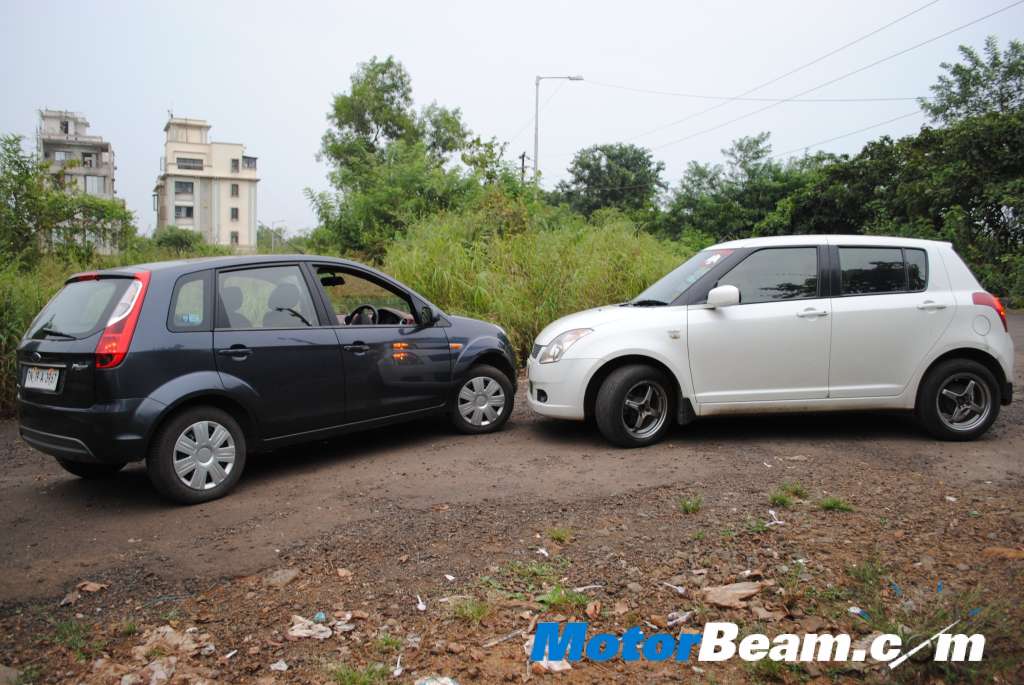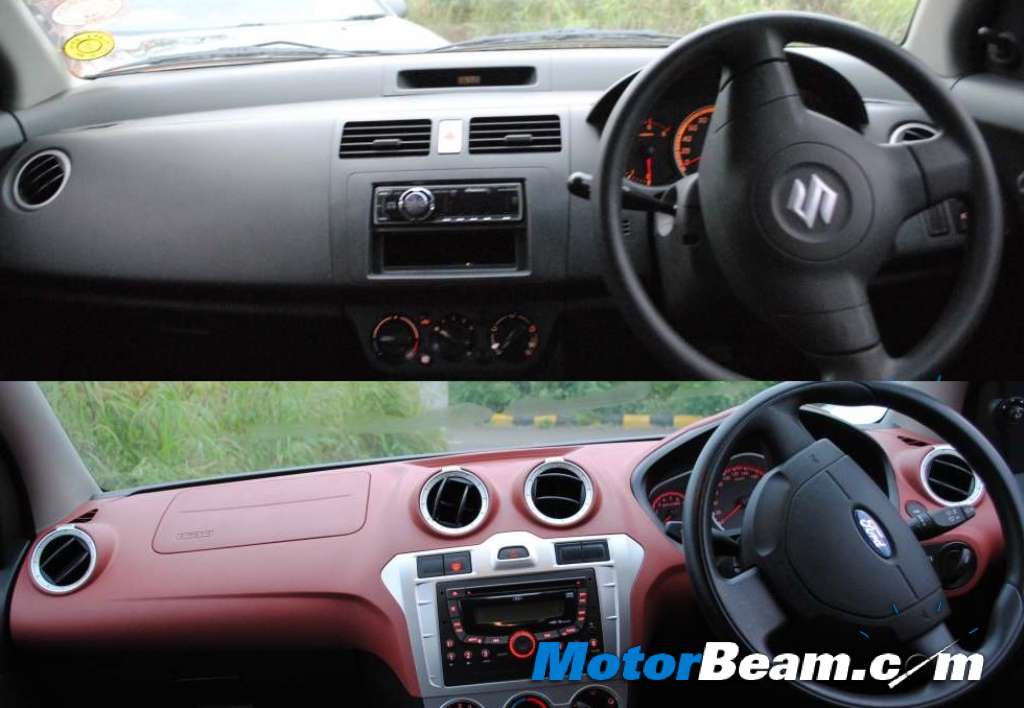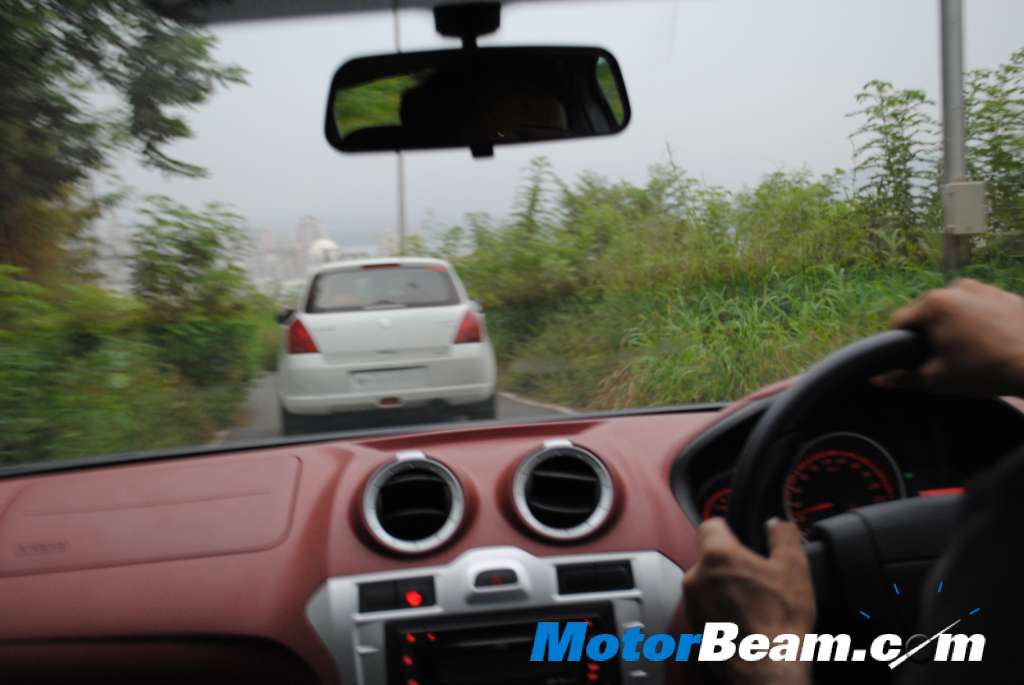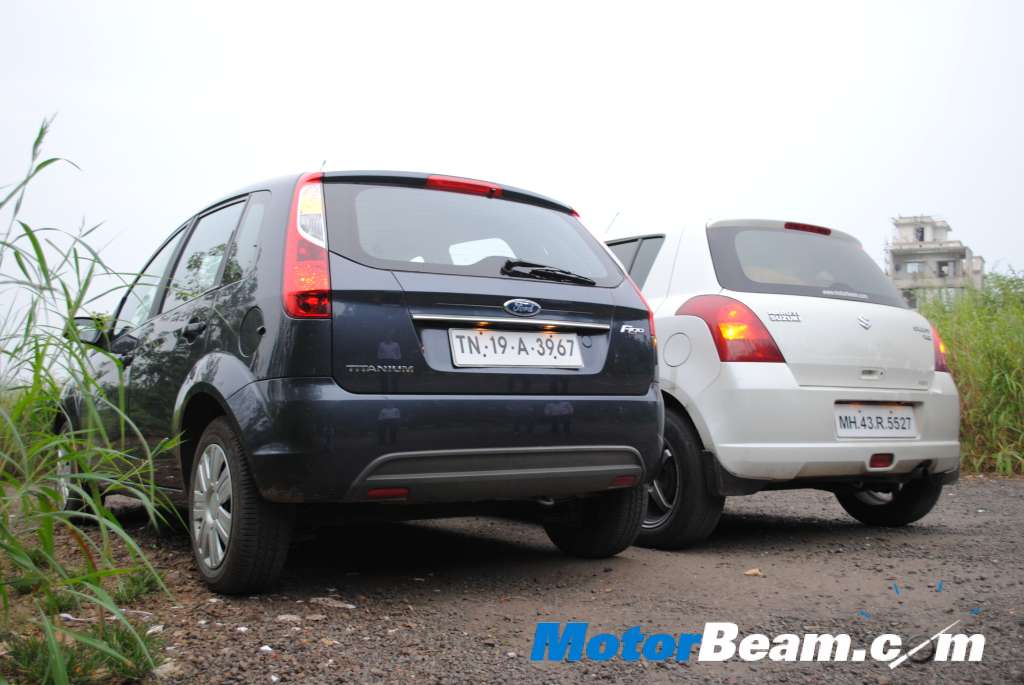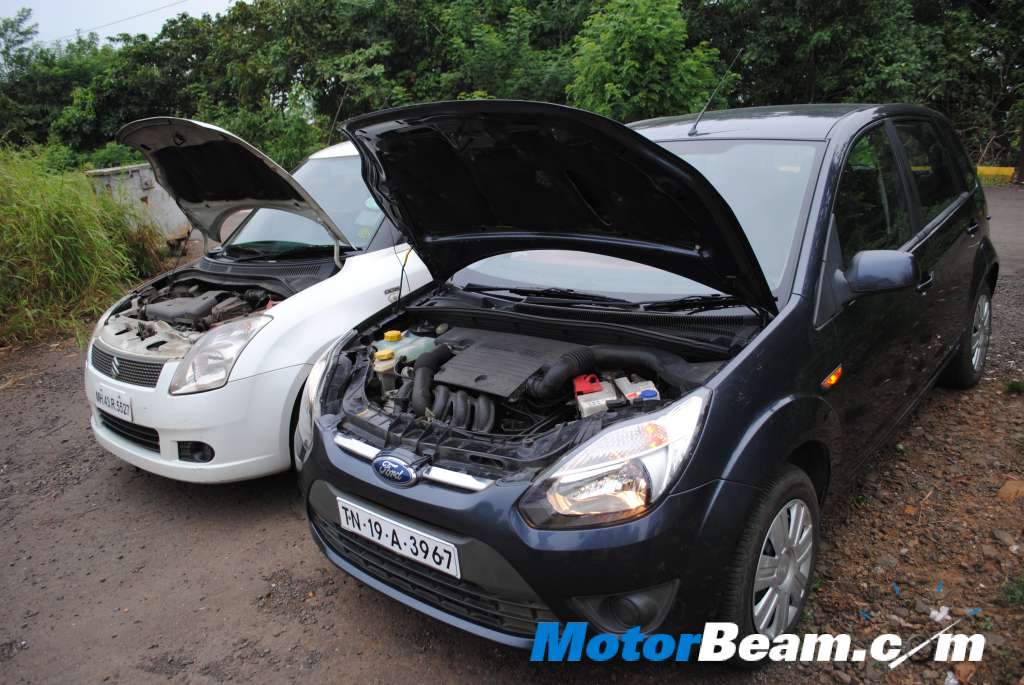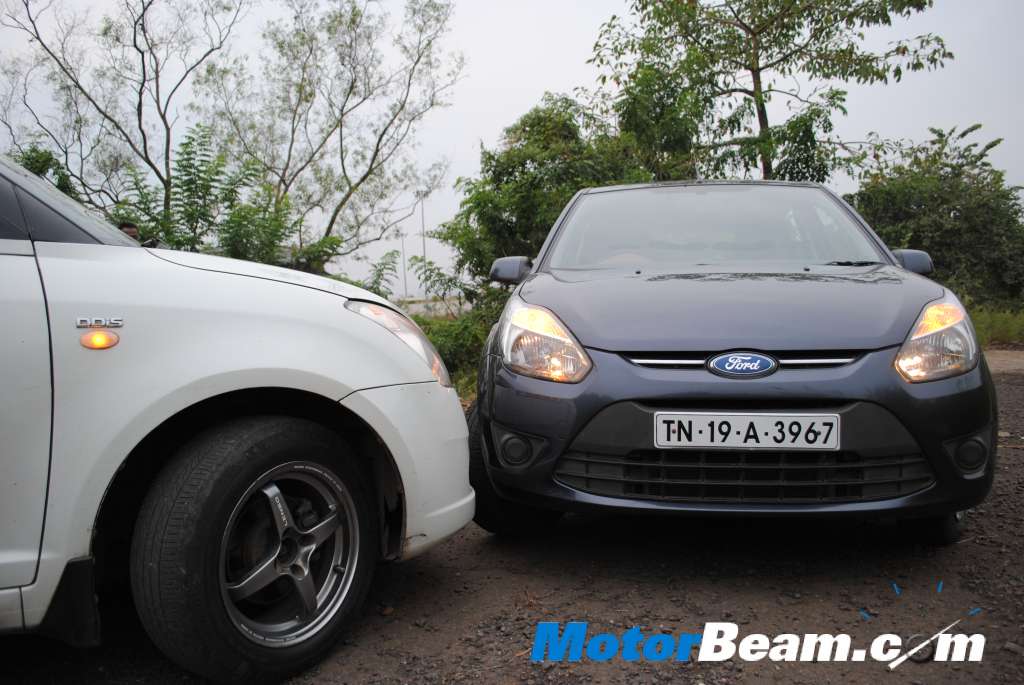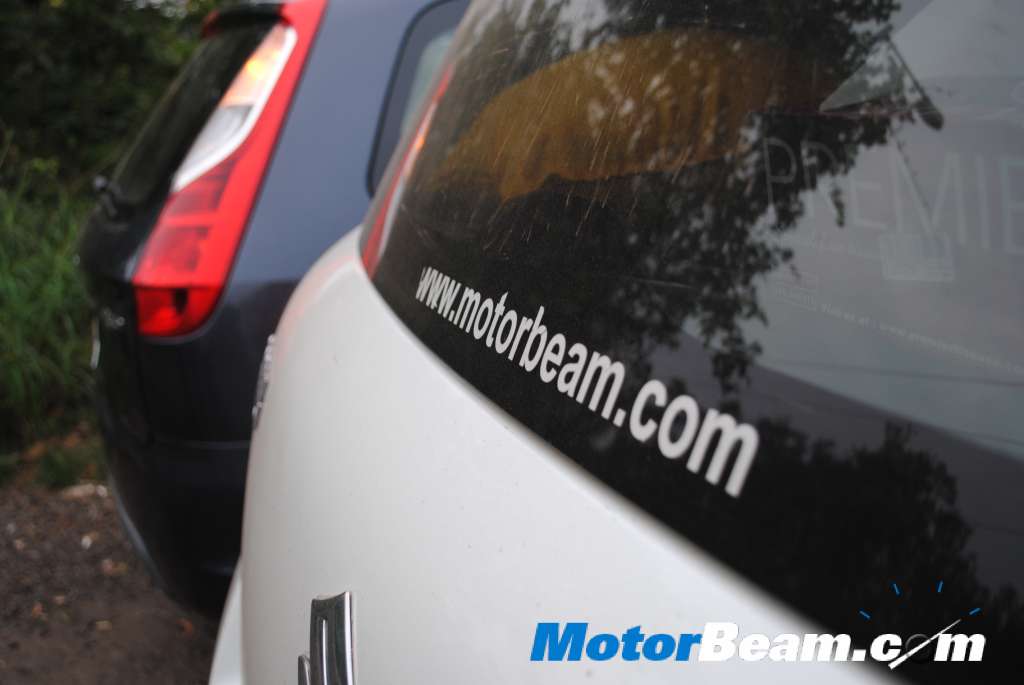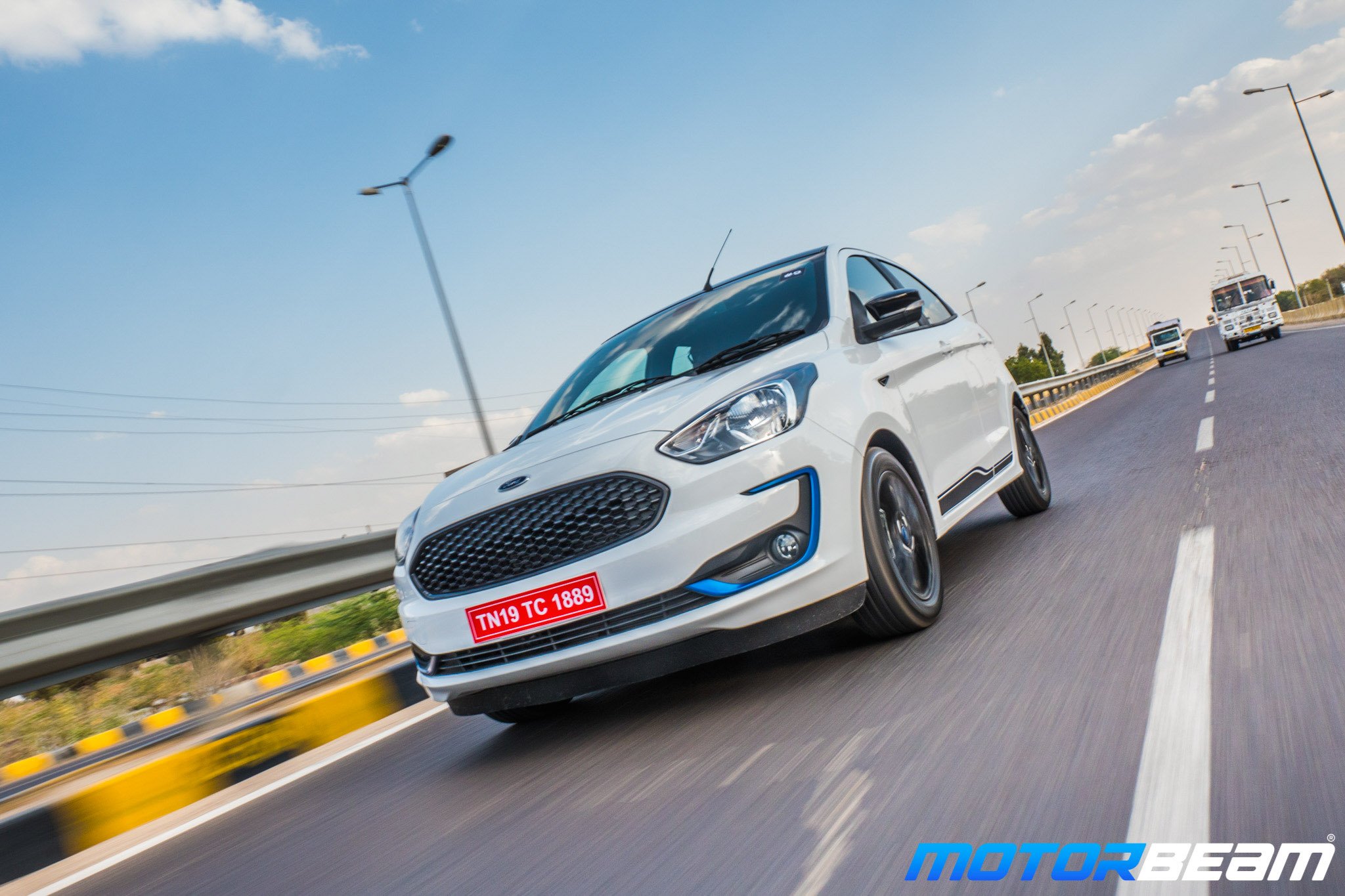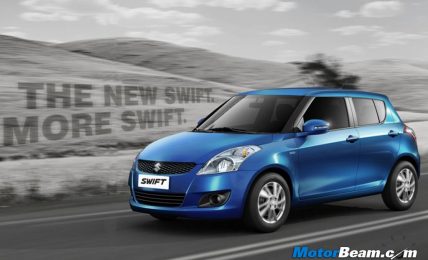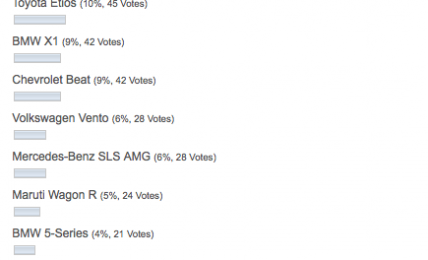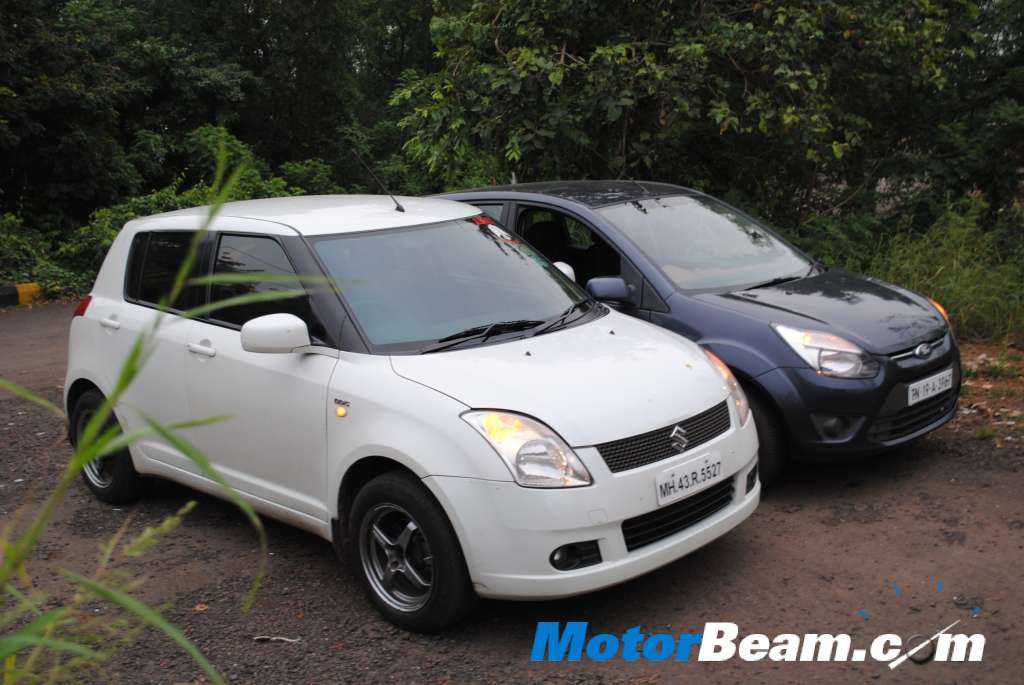
Shootout – Maruti Suzuki Swift vs Ford Figo
The Ford Figo’s launch in India has created a roar in the hatchback segment, challenging market leader Maruti Suzuki’s Swift. Although sales of the Maruti Swift continue to be strong, the Ford Figo has become a real threat with more buyers willing to buy than the Figo than Ford can supply. This lead us to a classic question – Which car is better? The Ford Figo or the Maruti Swift? Its high time we find out.
Design – When the Maruti Swift was launched in 2005, it created roars amongst enthusiasts. People immediately took a liking to the styling of the Swift and the car become more famous than the Mitsubishi Lancer amongst enthusiasts. However, the car has aged after being six years in the market with no major change in design at all. The Ford Figo on the other hand is based on Ford’s new Kinetic design language but essentially the car is based on the now defunct Fusion. There is not much to choose from between both vehicles when it comes to looks but the Figo being new looks fresher of the two.
Interiors – The Swift comes loaded in ZXi trim, whereas the Diesel lacks any kind of features. However Ford offers both the petrol and diesel Figo with similar features. Considering all the features present on the Figo, the Swift feels built to a price. The Figo feels much better built of the two and the plastic quality is good with the doors shutting with a resounding thud. The Swift has hard shiny plastic on the dashboard and the doors are terribly put together. Rattles are abundant in the Swift and built quality is nothing to write about. The Figo on the other hand not only features basic equipment like audio system, rear wash wipe and remote keyless entry but everything feels well put together. You never feel a rattle on the Figo and the interiors feel and look much better than the Swift. We don’t like the coral colour on the dashboard but many do have a preference towards it.
Ride, Handling and Braking – Both the cars ride on 14 inch wheels but the Swift has a very harsh ride. The Figo glides over bumps whereas the Swift feels its going to break apart on potholes. The chassis of the Figo is fantastic and is one of the best blends of ride and handling. When it comes to handling, the Swift is the master but the Figo is equally good. Both cars handle like on rails and you can have alot of fun with both on a twisty road.
The gearbox of the Figo is not the best around and takes time getting used to. The Swift on the other hand perfectly slots into gear. The steering on the Figo feels slightly heavy on low speeds but gives good feedback as you gain speed. In the Swift its quite the opposite, the steering is light but it does not inspire enough confidence at high speeds. Brakes of both the cars are very good but the Swift has a tendency to lock up due to poor and puny tires.
Performance – The engines offered by Maruti Suzuki in the Swift are an enthusiasts delight but Ford is not much behind. The K12 motor in the Swift petrol has good amount of torque lower down and is fun to drive. The Figo Petrol on the other hand has decent lower end grunt but isn’t as much fun. The engine roars at high RPM’s which is good thing but the car won’t gather momentum as much as it makes you believe. When it comes to diesels, the Swift again is the quicker of the two but turbo lag is prominent. You get a huge rush once the turbo kicks in, something which is absent in the Figo. However the Figo Diesel is the more practical of the two, with city driving a breeze thanks to the linear power delivery of the Duratorq motor.
Conclusion – The Ford Figo is cheaper to buy, service and repair. It also offers more features and is the newer car of the two. Both cars are not the best for rear passengers and both will make you grin on the highways. But with the Swift having serious built quality issues and lacking basic equipment (specially in the diesel), it is the Ford Figo which triumphs in this shoot out. No wonder the baby Ford commands such a waiting period, it offers more for less and that is enough to close the deal for most new car buyers.


